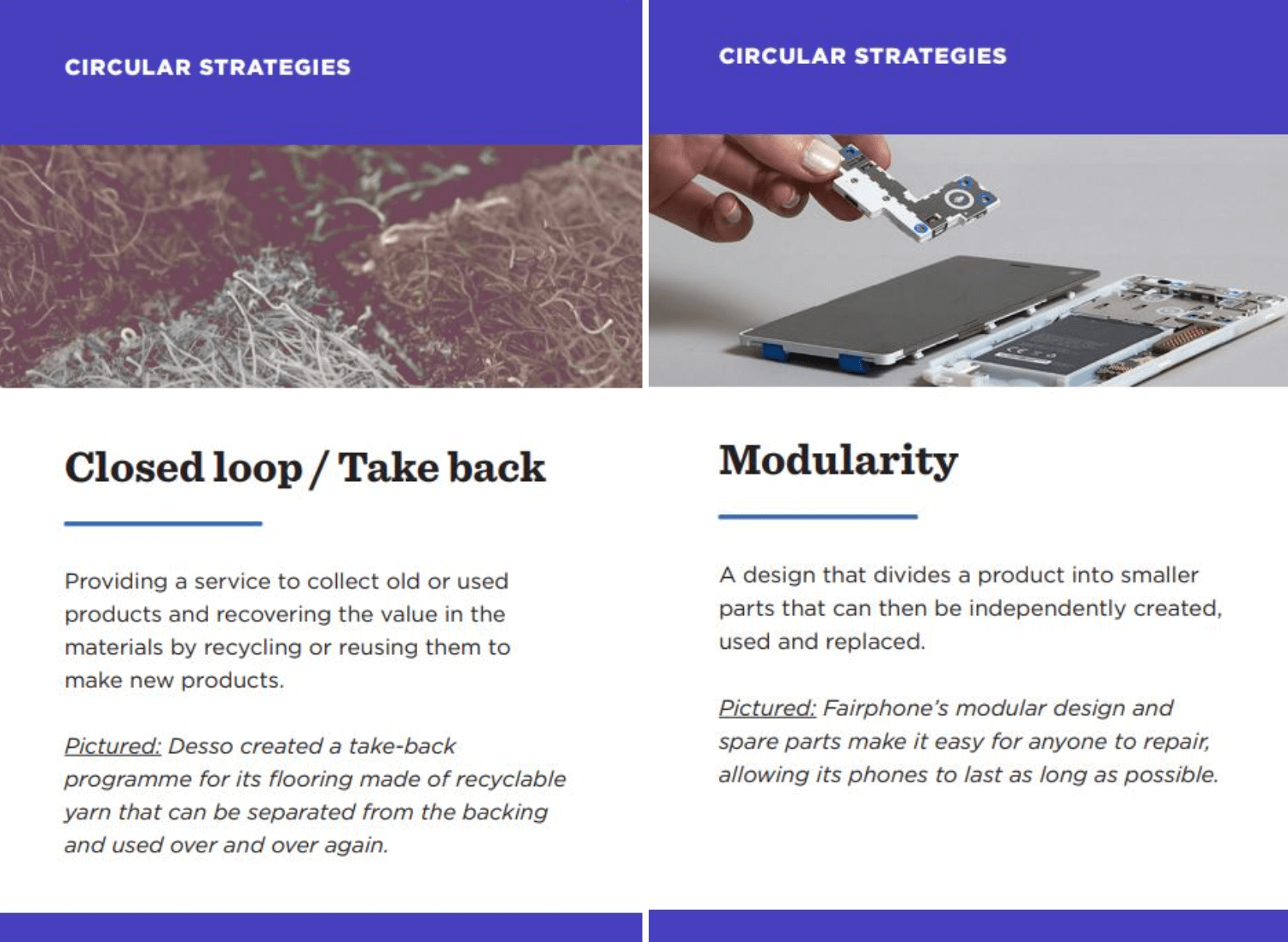Exploring environmental innovation at Matariki X
13/08/2019
At the end of July I attended the Environmental Innovation Masterclass at Matariki X with our partner Scion.
This was an opportunity to learn how New Zealand businesses can become leaders in our transition towards a circular economy.
At the heart of this was identifying ways we can design or redesign products and services using circular strategies.
In a circular economy we design out waste, regenerate natural systems and keep products and materials in use. This is in stark contrast to the linear economy which encourages a take, make, waste mindset
The masterclass delivered a practical approach to design using circular strategies and gave tangible tools we could take away and use in our own mahi.
Our first task was to pick one of the following products and explore what a circular product redesign could look like:
Our team chose the product we felt might throw up the most challenges, kitchen accessories, and more specifically we choose the Kitchen Aid Mixer.
We identified that one of our team members was a passionate user and so she became the person we interviewed to gain a deeper understanding of the functional and emotional needs and requirements.
This process is very similar to the Empathy Research we conduct at the start of project engagements at Cucumber. It uncovered valuable insights we could never have known without having the opportunity to conduct a first hand interview. We then explored a range of circular strategies to help guide ideation on different or better ways to meet our user's identified needs. The circular strategies were provided as a deck of cards:
After going big and broad using design thinking methodology we selected an idea to unpack and take to the next level.
Our mission was to visually illustrate and name our idea and then develop a deeper rational for our product and strategy focusing on:
Why is it better for the users? How does it improve the user experience and what are the economical and practical benefits?
What makes it circular? Does it increase circularity of materials? Is it regenerative?
What systems need to be in place? What feedback or data would be important to have? What infrastructure is needed? Who would we need to collaborate with?
A circular economy is also a sharing economy, where we learn from each other in openness.
All of the resources we used in the session are available so we can all benefit from them to find ways to create products and services that are better for people and planet. Download them here.
Written by Claire Stewart






